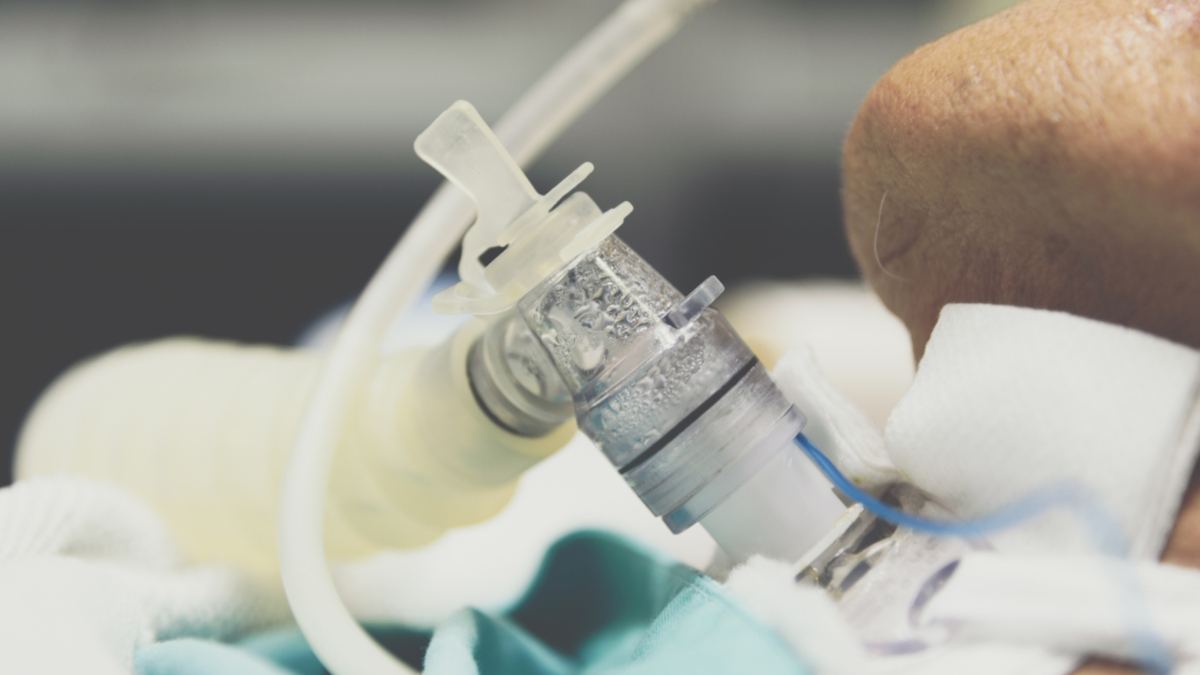Tracheostomy is the best option for the patients who need long-term artificial ventilation.
Tracheotomy is a surgical technique in which a tube is inserted into the trachea directly through the neck. This surgery is generally done with the intention of widening airways to aide breathing in the patients who have airway abnormalities. Patients who are intubated and need artificial breathing for an extended period of time can also benefit from this technique.
Tracheostomy is performed in operating room under anesthesia. However, either it will be permanent or temporary will be decided on the basis of the condition of the patient. A skilled approach is needed to perform tracheostomy appropriately. Selection of appropriate tube, time of the procedure and care to the artificial airway when in place are special consideration to make this process successful. Specialized needs of the patients like airway humidification, oral nutrition and articulated speech as well as decannulation also demand same level of attention and skill.
Special Guidelines to Follow after Tracheostomy is Done For Ventilator Patients
Tracheostomy is a surgical procedure in which a hole is made in the front side of the neck to access trachea. Afterwards, a tube is passed through this hole to keep it open and ease breathing. This procedure is not only painful but also involves risks if proper care is not taken during or after this procedure. There are some special guidelines that patient is supposed to follow right after the surgery:
- Due to surgery and insertion of tube patient is not in condition to talk right after tracheostomy. Doctors and healthcare staff generally recommends to use writing tools for communication. It is suggested not to start talking until physicians provide patient with instructions about communication techniques.
- Outer end of the tracheal tube is covered with a cannula so that no disturbance is made in air passage. It is strictly restricted to remove that cannula without the permission of the doctor.
- Surgical opening done for trach tube can be the entry point of external elements like dust, cold air or infections. These elements are more likely to cause disturbance in airway passage. It is a good practice to cover tracheal hole with bandage, specialized masks or even any clean cloth before moving outside.
Tracheostomy is a painful procedure and it takes time to settle. However, once the patient is stable it can provide long lasting benefits. With only little care the caretakers or even patient himself can make this procedure successful and beneficial. However, there are certain conditions such as irregular heart rate, increased pain, difficulty in breathing, and thicker mucus which can cause serious threats to the patient. It is advisable to call a doctor in such conditions without any delay.
How to Take Care of Trach Tube
Hospital staff and doctors constantly follow special care practices during the stay of patient in the hospital. It’s part of duty of paramedical staff to teach all these care instructions to the attendants before patient leaves hospital.
The patients who walk home with tracheostomy are advised to follow these practices strictly once a day.
- Perform tube suctioning as per instructions of the physician.
- Regularly inspect skin around the stoma to diagnose rashes and tenderness, or any odor.
- Clean area around stoma with antiseptic solution.
- Keep trach tube and surrounding area dry.
It is advised to always touch trach tube with clean hands. The hands must be washed properly with soap and water before performing suction. Use of gloves can be a best decision. All of the cloths and towels used must be properly washed and sterilized after every use.


